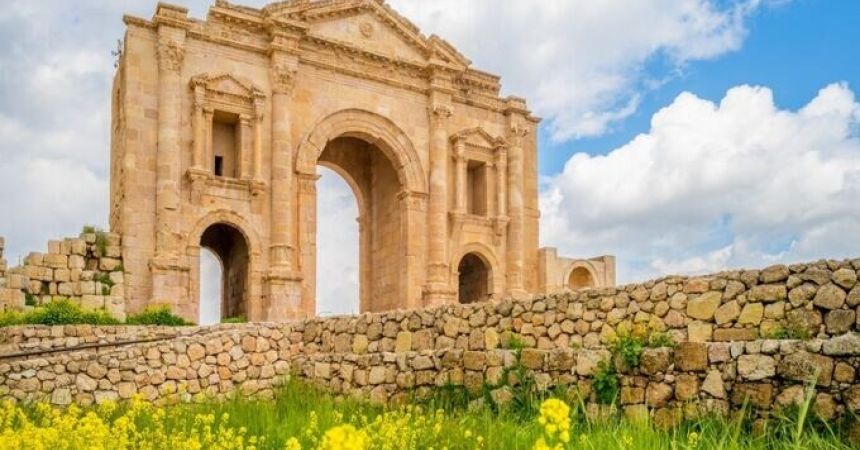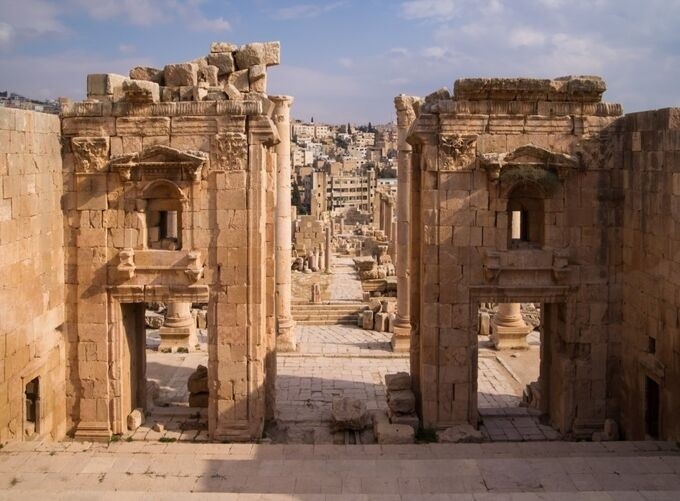
Petra Visit: How Much Time is Enough?
Petra, the rose-red city of stone, is one of the world’s most extraordinary archaeological sites and a UNESCO World Heritage Site. Nestled in the desert of southern Jordan, this ancient city, carved into the rock by the Nabataeans over 2,000 years ago, offers an awe-inspiring journey through history, culture, and architecture. Visitors to Petra often wonder how many days they should allocate to explore this magnificent site. This comprehensive guide will help you understand the key factors in determining how many days you need to fully appreciate Petra.
Introduction to Petra
Petra, once a thriving trade hub and the capital of the Nabataean Kingdom, is renowned for its stunning rock-cut architecture and elaborate water management system. The site includes an array of structures, such as temples, tombs, and theatres, all intricately carved into the sandstone cliffs. The most famous feature is the Treasury (Al-Khazneh), an imposing façade that has become an iconic symbol of Petra.
Day 1: The Highlights of Petra
1.1 Arriving at Petra
Early Start: To maximize your time, arrive early to avoid the crowds and the heat. The main entrance to Petra opens at 6 AM, and it’s advisable to start your exploration as soon as the site opens.
Tickets and Entry: Purchase your ticket in advance or at the entrance. Tickets are available for 1-day, 2-day, and 3-day visits. Prices vary based on the duration of your stay and whether you’re a Jordanian or international visitor.
1.2 Key Sites to Explore on the First Day
The Siq: Begin your journey to Petra by walking through the Siq, a narrow, dramatic gorge that leads to the heart of Petra. The walk is about 1.2 kilometers and takes approximately 30-45 minutes.
The Treasury (Al-Khazneh): As you exit the Siq, you’ll be greeted by the stunning Treasury. Spend time admiring its intricate façade and learning about its historical significance.
The Street of Facades: Continue to the Street of Facades, where you’ll find a series of tombs and monuments carved into the rock face.
The Roman Theatre: Visit the Roman Theatre, an impressive structure with seating for around 4,000 spectators.
The Royal Tombs: Explore the Royal Tombs, including the Urn Tomb, Silk Tomb, and Corinthian Tomb.
1.3 Evening Options
Petra by Night: If your visit aligns with the schedule, consider attending Petra by Night. This experience, which takes place on certain evenings, involves a candlelit walk through the Siq to the Treasury, offering a magical view of the illuminated façade.
Day 2: In-Depth Exploration
2.1 Explore Additional Areas
The Monastery (Ad-Deir): Begin your second day with a hike to the Monastery, one of Petra’s most impressive structures. The climb involves about 800 steps and takes approximately 45-60 minutes. The Monastery is less crowded than the Treasury and offers a serene atmosphere and panoramic views.
The High Place of Sacrifice: Walk to the High Place of Sacrifice, a significant religious site with stunning views over Petra. The hike takes around 1-2 hours.
The Great Temple: Explore the Great Temple complex, which is one of the largest structures in Petra and offers insight into the city’s grandeur.
2.2 Lunch and Rest
Local Dining: Enjoy lunch at one of the local restaurants or cafes within Petra. Options include the Basin Restaurant or various small food stalls near the visitor center.
2.3 Additional Exploration
The Petra Museum: Visit the Petra Museum to gain a deeper understanding of the history and archaeology of the site.
The Nabataean Museum: Learn more about the Nabataeans and their remarkable engineering and architectural skills.
Day 3: Hidden Gems and Optional Activities
3.1 Explore Lesser-Known Areas
Little Petra (Siq al-Barid): Take a short trip to Little Petra, a smaller site with similar architectural features. It’s less crowded and offers a quieter exploration experience.
The Petra Archaeological Park: Explore the areas of the Archaeological Park that are off the beaten path, including lesser-known tombs and temples.

3.2 Optional Activities
Horseback Riding or Camel Rides: Consider a horseback or camel ride through the Siq for a different perspective of Petra.
Hiking Trails: Explore additional hiking trails that offer unique views of Petra and its surroundings. Popular trails include the Al-Madras Trail and the Jebel Haroun Trail.
3.3 Evening in Petra
Dinner Options: Enjoy dinner at your hotel or a local restaurant in Wadi Musa. Popular options include Petra Kitchen, which offers a cooking class and dinner experience.
Factors Influencing Your Visit Duration
Interests and Preferences
Historical and Archaeological Enthusiasts: If you have a keen interest in history and archaeology, you may want to spend more time exploring the detailed aspects of Petra’s architecture and artifacts.
Casual Visitors: If you prefer a more relaxed visit, focusing on the main highlights and taking time to enjoy the scenery, a 1-day or 2-day visit may suffice.
Physical Fitness
Hiking and Walking: Petra involves considerable walking and hiking. Ensure you are prepared for the physical demands of exploring the site, including steep climbs and uneven terrain.
Weather Conditions
Seasonal Considerations: Petra’s weather can vary significantly depending on the season. The peak tourist season is from March to May and September to November when temperatures are milder. Summer temperatures can be very high, which may affect your ability to explore the site comfortably.
Personal Preferences
Pace of Exploration: Some visitors prefer to explore at a leisurely pace, allowing time for photography, reflection, and relaxation. Others may want to cover the major sites quickly and move on to other destinations.
Travel Tips for Visiting Petra
1. Prepare for the Terrain
Wear Comfortable Shoes: Opt for sturdy walking shoes or hiking boots to navigate Petra’s uneven terrain.
Bring Essentials: Carry water, sunscreen, a hat, and a camera. Hydration is crucial, especially during warmer months.
2. Understand Local Customs
Dress Modestly: Respect local customs by dressing modestly. While Petra is a tourist site, it’s important to adhere to cultural norms.
3. Consider a Guide
Guided Tours: Hiring a local guide can enhance your experience by providing historical context and navigation assistance. Guides are available at the entrance of Petra or through tour operators.
4. Plan Your Visit
Advance Booking: Book your tickets and accommodations in advance, especially during peak tourist seasons. This will ensure availability and potentially better rates. Group tours Jordan
Discover Jordan: Ancient Wonders and Scenic Adventures
Determining how many days you need to explore Petra depends on your interests, physical fitness, and travel preferences. While a 1-day visit allows you to see the main highlights, a 2-day or 3-day visit provides a more comprehensive experience, allowing you to explore both the prominent and lesser-known areas of Petra.



